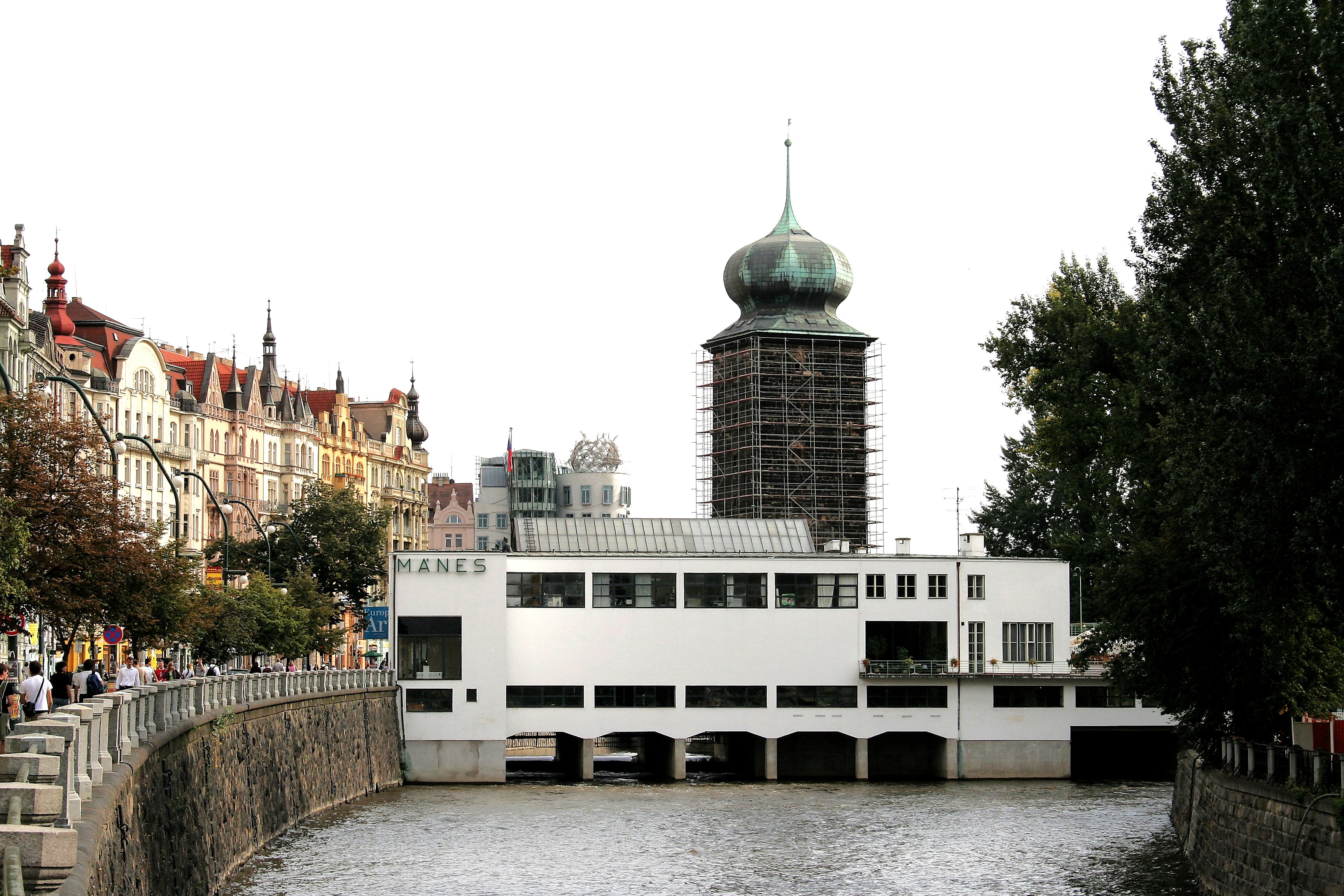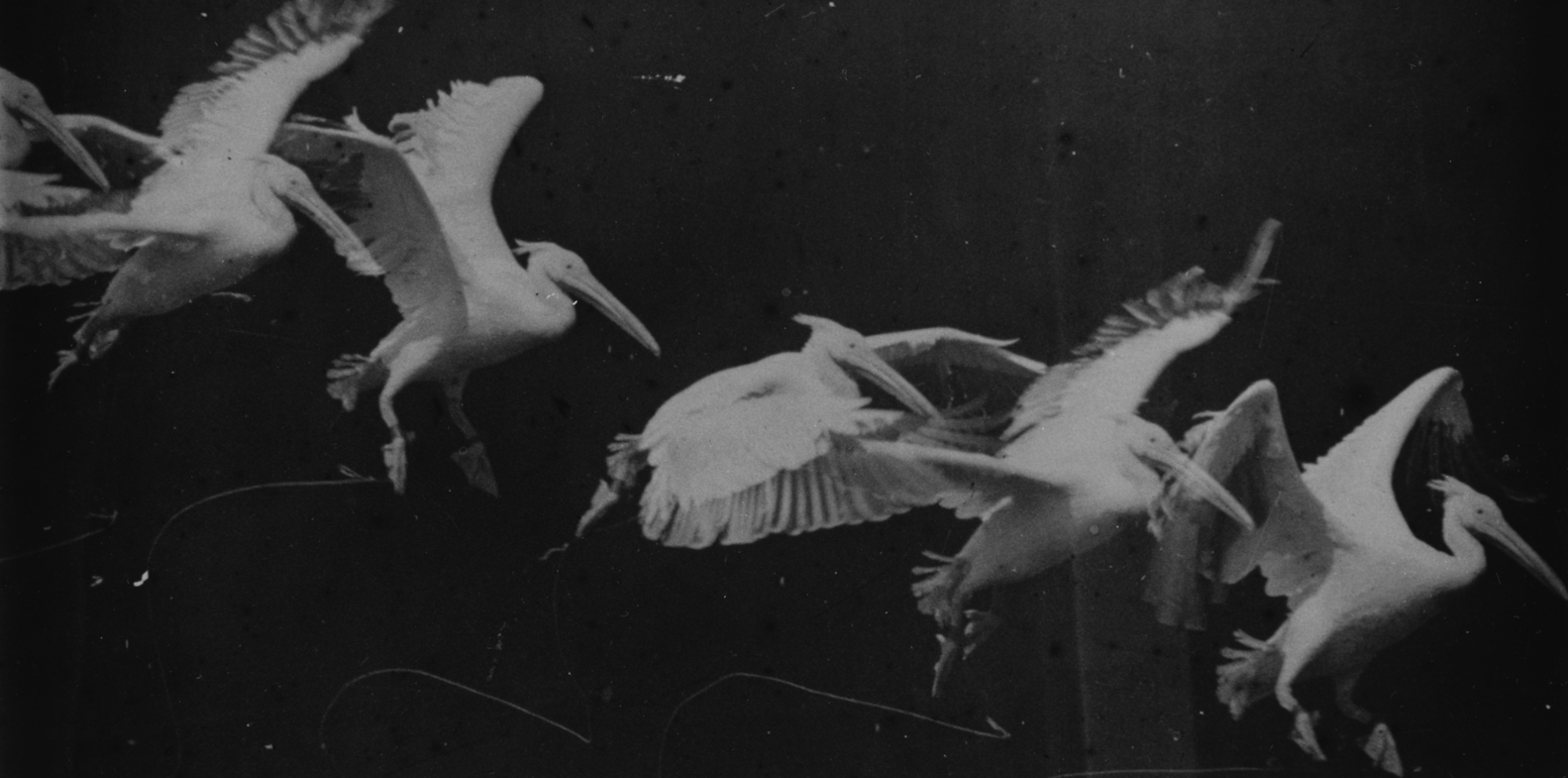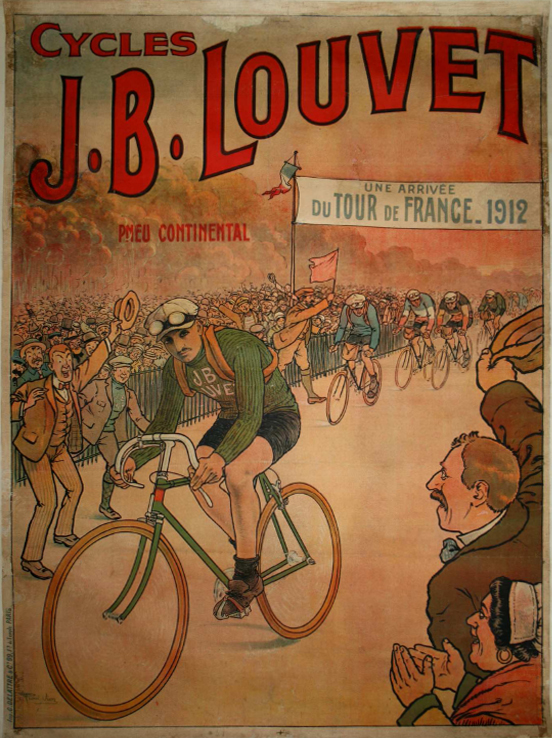|
Le Fumeur
''Le Fumeur'' (en. ''The Smoker''), or ''Man with Pipe'', is a Cubist painting by the French artist Jean Metzinger. It has been suggested that the sitter depicted in the painting represents either Guillaume Apollinaire or Max Jacob.Joann Moser, ''Jean Metzinger in Retrospect, Cubist works, 1910–1921’’, The University of Iowa Museum of Art, J. Paul Getty Trust, University of Washington Press 1985, pp. 44, 56Guillaume Apollinaire, « Quatre nouveaux artistes français », 4 juillet 1914, dans Chroniques d’art 1902-1918, textes réunis avec préface et notes par Leroy C. Breunig, Paris, Gallimard, « Folio essais », 2002, p. 505. The work was exhibited in the spring of 1914 at the Salon des Indépendants, Paris, Champ-de-Mars, March 1–April 30, 1914, no. 2289, Room 11. A photograph of ''Le Fumeur'' was published in Le Petit Comtois (''Au Salon des Indépendants, Les chefs-d'œuvre modernes''), 13 March 1914, for the occasion of the exhibition. In July 1914 the painting was ... [...More Info...] [...Related Items...] OR: [Wikipedia] [Google] [Baidu] |
Jean Metzinger
Jean Dominique Antony Metzinger (; 24 June 1883 – 3 November 1956) was a major 20th-century French painter, theorist, writer, critic and poet, who along with Albert Gleizes wrote the first theoretical work on Cubism. His earliest works, from 1900 to 1904, were influenced by the neo-Impressionism of Georges Seurat and Henri-Edmond Cross. Between 1904 and 1907 Metzinger worked in the Divisionist and Fauvist styles with a strong Cézannian component, leading to some of the first proto-Cubist works. From 1908 Metzinger experimented with the faceting of form, a style that would soon become known as Cubism. His early involvement in Cubism saw him both as an influential artist and an important theorist of the movement. The idea of moving around an object in order to see it from different view-points is treated, for the first time, in Metzinger's ''Note sur la Peinture'', published in 1910.Jean Metzinger, October–November 1910, "Note sur la peinture" Pan: 60 Before the emergence ... [...More Info...] [...Related Items...] OR: [Wikipedia] [Google] [Baidu] |
Jean Metzinger, 1911, Etude Pour Le Portrait De Guillaume Apollinaire, Mine Graphite Sur Papier Vergé Rose, 48 X 31
Jean may refer to: People * Jean (female given name) * Jean (male given name) * Jean (surname) Fictional characters * Jean Grey, a Marvel Comics character * Jean Valjean, fictional character in novel ''Les Misérables'' and its adaptations * Jean Pierre Polnareff, a fictional character from ''JoJo's Bizarre Adventure'' Places * Jean, Nevada, USA; a town * Jean, Oregon, USA Entertainment * Jean (dog), a female collie in silent films * "Jean" (song) (1969), by Rod McKuen, also recorded by Oliver * ''Jean Seberg'' (musical), a 1983 musical by Marvin Hamlisch Other uses * JEAN (programming language) * USS ''Jean'' (ID-1308), American cargo ship c. 1918 * Sternwheeler Jean, a 1938 paddleboat of the Willamette River See also *Jehan * * Gene (other) * Jeanne (other) * Jehanne (other) * Jeans (other) * John (other) John is a common English name and surname: * John (given name) * John (surname) John may also refer to: New ... [...More Info...] [...Related Items...] OR: [Wikipedia] [Google] [Baidu] |
Mánes Union Of Fine Arts
The Mánes Association of Fine Artists ( or ''S.V.U.''; commonly abbreviated as ''Manes'') was an artists' association and exhibition society founded in 1887 in Prague and named after painter Josef Mánes. The Manes was significant for its international exhibitions before and after World War I that encouraged interaction between Czech artists and the foreign avant-garde. It played an important role in the development of Czech Cubism and Rondocubism. Between 1928 and 1930, Manes built a complex with a restaurant, club, showroom and offices at the site of the Štítkovský Mill and water tower on the Vltava. The architect of the 1928 Manes pavilion was member . The union was liquidated under the Communists and was revived after the Velvet Revolution in 1990. Its headquarters became the Diamond House in Prague, itself a landmark of cubist architecture. Formative years (1885–1899) ''Svaz výtvarných umělců Mánes'' ("Association of Fine Artists Mánes") was established in ... [...More Info...] [...Related Items...] OR: [Wikipedia] [Google] [Baidu] |
Art Institute Of Chicago
The Art Institute of Chicago in Chicago's Grant Park, founded in 1879, is one of the oldest and largest art museums in the world. Recognized for its curatorial efforts and popularity among visitors, the museum hosts approximately 1.5 million people annually. Its collection, stewarded by 11 curatorial departments, is encyclopedic, and includes iconic works such as Georges Seurat's ''A Sunday on La Grande Jatte'', Pablo Picasso's '' The Old Guitarist'', Edward Hopper's ''Nighthawks'', and Grant Wood's ''American Gothic''. Its permanent collection of nearly 300,000 works of art is augmented by more than 30 special exhibitions mounted yearly that illuminate aspects of the collection and present cutting-edge curatorial and scientific research. As a research institution, the Art Institute also has a conservation and conservation science department, five conservation laboratories, and one of the largest art history and architecture libraries in the country—the Ryerson and ... [...More Info...] [...Related Items...] OR: [Wikipedia] [Google] [Baidu] |
L'Oiseau Bleu (Metzinger)
''L'Oiseau bleu'' (also known as ''The Blue Bird'' and ''Der Blaue Vogel'') is a large oil painting created in 1912–1913 by the French artist and theorist Jean Metzinger (1883–1956); considered by Guillaume Apollinaire and André Salmon as a founder of Cubism, along with Georges Braque and Pablo Picasso. ''L'Oiseau bleu'', one of Metzinger's most recognizable and frequently referenced works, was first exhibited in Paris at the Salon des Indépendants in the spring of 1913 (cat. no. 2087), several months after the publication of the first (and only) Cubist manifesto, '' Du "Cubisme"'', written by Jean Metzinger and Albert Gleizes (1912). It was subsequently exhibited at the 1913 Erster Deutscher Herbstsalon in Berlin (titled ''Der blaue Vogel'', cat. no. 287).Herwarth Walden, ''Erster deutscher H ... [...More Info...] [...Related Items...] OR: [Wikipedia] [Google] [Baidu] |
Peggy Guggenheim Collection
The Peggy Guggenheim Collection is an art museum on the Grand Canal in the Dorsoduro '' sestiere'' of Venice, Italy. It is one of the most visited attractions in Venice. The collection is housed in the , an 18th-century palace, which was the home of the American heiress Peggy Guggenheim for three decades. She began displaying her private collection of modern artworks to the public seasonally in 1951. After her death in 1979, it passed to the Solomon R. Guggenheim Foundation, which opened the collection year-round from 1980. The collection includes works of prominent Italian futurists and American modernists working in such genres as Cubism, Surrealism and abstract expressionism. It also includes sculptural works. In 2017, Karole Vail, a granddaughter of Peggy Guggenheim, was appointed Director of the collection, succeeding Philip Rylands, who led the museum for 37 years. Collection The collection is principally based on the personal art collection of Peggy Guggenheim, a for ... [...More Info...] [...Related Items...] OR: [Wikipedia] [Google] [Baidu] |
Au Vélodrome
''Au Vélodrome'', also known as ''At the Cycle-Race Track'' and ''Le cycliste'', is a painting by the French artist and theorist Jean Metzinger. The work illustrates the final meters of the Paris–Roubaix race, and portrays its 1912 winner Charles Crupelandt. Metzinger's painting is the first in Modernist art to represent a specific sporting event and its champion.''Cycling, Cubo-Futurism and the Fourth Dimension, Jean Metzinger's At the Cycle-Race Track'', Curated by Erasmus Weddigen, The Solomon R. Guggenheim Foundation, New York, Peggy Guggenheim Collection, Venice, June 9 - September 16, 2012, ''Au Vélodrome'' remained in Metzinger's atelier until it was shipped to New York, where it was shown to the public for the first time, 8 March to 3 April 1915, at the ''Third Exhibition of Contemporary French Art'', Carstairs (Carroll) Gallery—with works by Pach, Gleizes, Picasso, de la Fresnaye, Van Gogh, Gauguin, Derain, Duchamp, Duchamp-Villon and Villon. On 10 February 1916 t ... [...More Info...] [...Related Items...] OR: [Wikipedia] [Google] [Baidu] |
Alexander Archipenko, Jean Metzinger, Au Salon Des Indépendants, Le Petit Comtois, 13 March 1914
Alexander is a male given name. The most prominent bearer of the name is Alexander the Great, the king of the Ancient Greek kingdom of Macedonia who created one of the largest empires in ancient history. Variants listed here are Aleksandar, Aleksander and Aleksandr. Related names and diminutives include Iskandar, Alec, Alek, Alex, Alexandre, Aleks, Aleksa and Sander; feminine forms include Alexandra, Alexandria, and Sasha. Etymology The name ''Alexander'' originates from the (; 'defending men' or 'protector of men'). It is a compound of the verb (; 'to ward off, avert, defend') and the noun (, genitive: , ; meaning 'man'). It is an example of the widespread motif of Greek names expressing "battle-prowess", in this case the ability to withstand or push back an enemy battle line. The earliest attested form of the name, is the Mycenaean Greek feminine anthroponym , , (/Alexandra/), written in the Linear B syllabic script. Alaksandu, alternatively called ''Alakasandu ... [...More Info...] [...Related Items...] OR: [Wikipedia] [Google] [Baidu] |
Stéphane Mallarmé
Stéphane Mallarmé ( , ; 18 March 1842 – 9 September 1898), pen name of Étienne Mallarmé, was a French poet and critic. He was a major French symbolist poet, and his work anticipated and inspired several revolutionary artistic schools of the early 20th century, such as Cubism, Futurism, Dadaism, and Surrealism. Biography Mallarmé was born in Paris. He was a boarder at the '' Pensionnat des Frères des écoles chrétiennes à Passy'' between 6 or 9 October 1852 and March 1855. He worked as an English teacher and spent much of his life in relative poverty but was famed for his '' salons'', occasional gatherings of intellectuals at his house on the rue de Rome for discussions of poetry, art and philosophy. The group became known as ''les Mardistes,'' because they met on Tuesdays (in French, ''mardi''), and through it Mallarmé exerted considerable influence on the work of a generation of writers. For many years, those sessions, where Mallarmé held court as judge, jester, an ... [...More Info...] [...Related Items...] OR: [Wikipedia] [Google] [Baidu] |
Mikhail Larionov
Mikhail Fyodorovich Larionov ( Russian: Михаи́л Фёдорович Ларио́нов; June 3, 1881 – May 10, 1964) was a Russian avant-garde painter who worked with radical exhibitors and pioneered the first approach to abstract Russian art. His lifelong partner was fellow avant-garde artist, Natalia Goncharova. Life and work Larionov was born at Tiraspol, in the Kherson Governorate of the Russian Empire. In 1898 he entered the Moscow School of Painting, Sculpture and Architecture under Isaac Levitan and Valentin Serov. He was suspended three times for his radical outlook. In 1900 he met fellow avant-garde artist Natalia Goncharova and formed a lifelong relationship with her. From 1902 his style was Impressionism. After a visit to Paris in 1906 he moved into Post-Impressionism and then a Neo-primitive style which derived partly from Russian sign painting. In 1908 he staged the Golden Fleece exhibition in Moscow, which included paintings by international avant- ... [...More Info...] [...Related Items...] OR: [Wikipedia] [Google] [Baidu] |
Pablo Picasso
Pablo Ruiz Picasso (25 October 1881 – 8 April 1973) was a Spanish painter, sculptor, printmaker, ceramicist and theatre designer who spent most of his adult life in France. One of the most influential artists of the 20th century, he is known for co-founding the Cubist movement, the invention of constructed sculpture, the co-invention of collage, and for the wide variety of styles that he helped develop and explore. Among his most famous works are the proto-Cubist '' Les Demoiselles d'Avignon'' (1907), and the anti-war painting '' Guernica'' (1937), a dramatic portrayal of the bombing of Guernica by German and Italian air forces during the Spanish Civil War. Picasso demonstrated extraordinary artistic talent in his early years, painting in a naturalistic manner through his childhood and adolescence. During the first decade of the 20th century, his style changed as he experimented with different theories, techniques, and ideas. After 1906, the Fauvist work of the sli ... [...More Info...] [...Related Items...] OR: [Wikipedia] [Google] [Baidu] |





